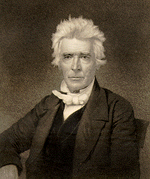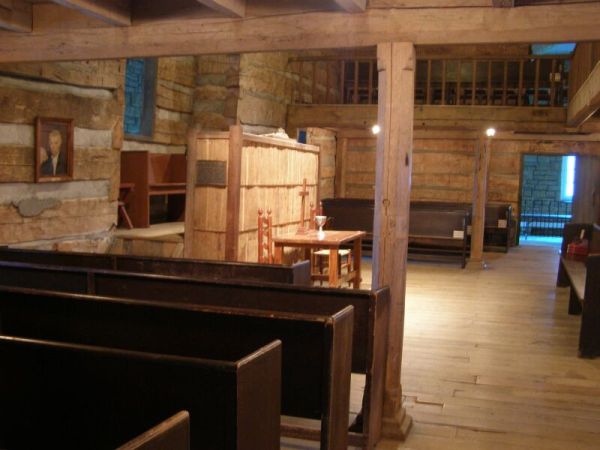The Holy Spirit, The Missing Finger: Comparing the Pneumatology of Alexander Campbell and Don Basham
Introduction
The purpose of this article is to reveal the initial development of the teaching on the Holy Spirit in the life of Alexander Campbell, founder of the movement named the Disciples of Christ. Campbell’s pneumatology must be placed within the context of American history in the nineteenth century. Beginning with the influence of Cane Ridge and Millennialism on his theology, his weak pneumatology led to an insipid work of the Spirit through the denomination’s history. However, in the charismatic renewal of the twentieth century, Don Basham stood boldly against the rationalistic atmosphere of his church and became well-known for his teachings on deliverance and casting out demons. Consequently, the initial aspect of the paper contains the early history of Campbell’s pneumatology. The second part is a revelation of the charismatic Spirit’s work in one of Campbell’s followers, Don Basham. Though the two appear theologically different, the thesis of the paper is that the operation of the Holy Spirit is the amputated element of Campbell’s theology which is renewed by the baptism in the Holy Spirit in Don Basham and the mainline churches.

Alexander Campbell (1788 – 1866).
The indigenous growth of the Christian Church (Disciples of Christ) in America has a remarkable background and history. As Alexander Campbell searched for a way to end partisan bickering among Presbyterians in Scotland, his company of Christians became one of the largest church movements in American history. As Kevin Ranaghan wrote in his journalistic description of the movement, “one type of revival movement, called Campbellite stressed the word of God well enough, but the word as understood and interpreted by ‘good common sense.’ From the somewhat more rationalistic revival emerged the Disciples of Christ in the north and the Christian Church in the south.”[1] Because the Christian Church (Disciples of Christ) had a diluted pneumatology, the Spirit’s presence was submerged in the past 180 years limiting revival and renewal in its members.
Cane Ridge
Cane Ridge became known for its unusual manifestations of the Spirit.

Interior of the original meeting house at Cane Ridge, Kentucky. Image: Chris Light.
Cane Ridge became known for its unusual manifestations of the Spirit. Though many churches were calm and quiet places of reflection, this experience was diametrically different. Leroy Garrett recorded in the The Stone-Campbell Movement, a graphic description of the “exercises” manifested at Cane Ridge:
They consisted of laughing and singing, the jerks, falling and even screaming and barking. The falling and screaming would sometimes go together, leaving the subject as if he were dead. The jerks were mostly a head movement, which sometimes agitated the whole body. Some people became amazingly acrobatic, for they would stand in one place and jerk backwards and forward with their head almost touching the ground…witnesses would see people on hands and knees in the woods, making the noise with uplifted hands, and would report that ‘they barked up trees like dogs.’[4]
This event was a Pentecost experience before Azusa Street was a reality. C. Dwight Dorough in The Bible Belt Mystique added that “persons were very often favored with visions and heavenly singing.”[5] This early nineteenth century worship was a precursor to what the twentieth century would encounter with the fullness of the Holy Spirit. Yet, Alexander Campbell, a rationalist and devout reader of the intellectual philosopher John Locke never incorporated emotional worship into his church.
Cane Ridge was a Pentecost experience before Azusa Street.
Category: Church History, Winter 2015


